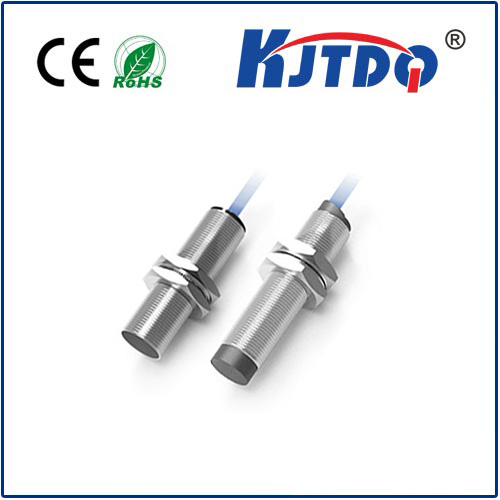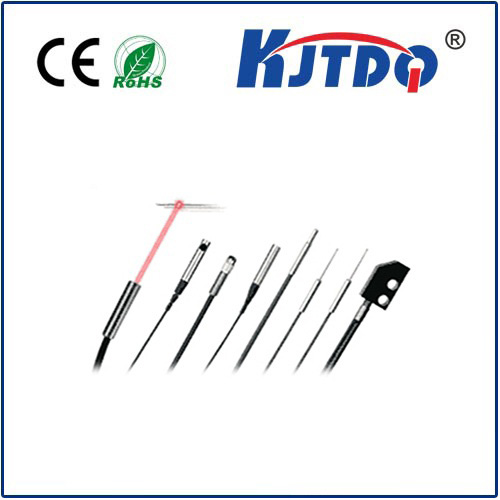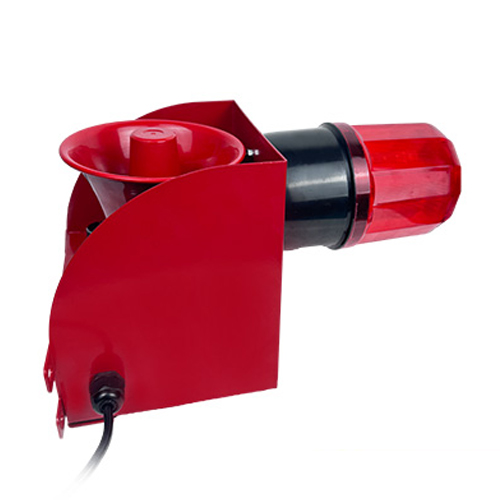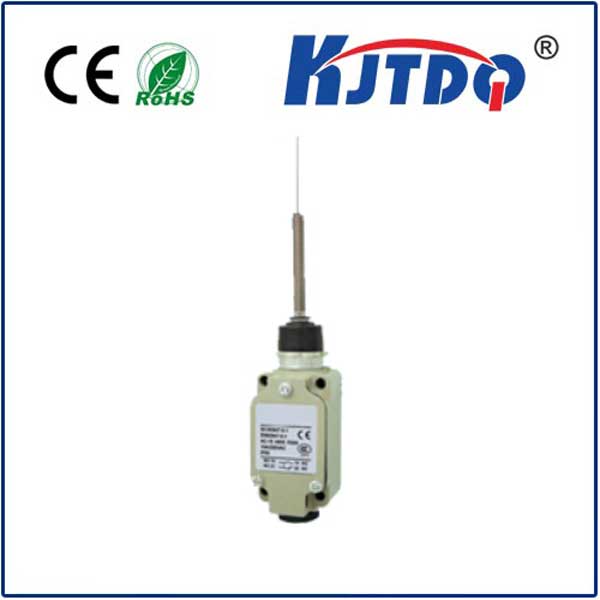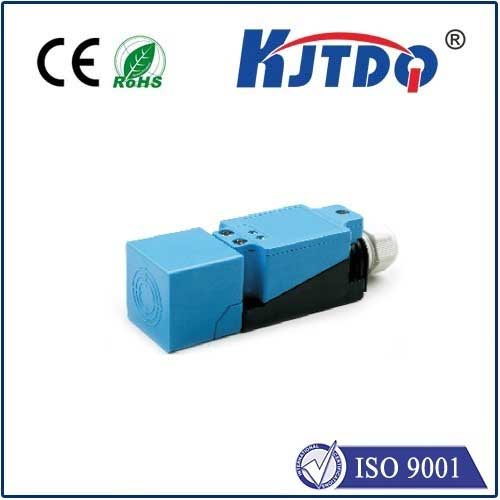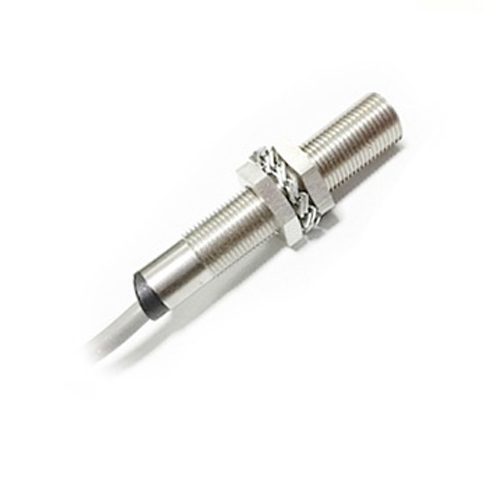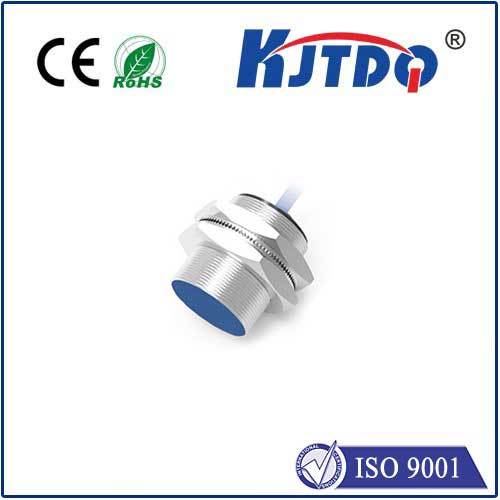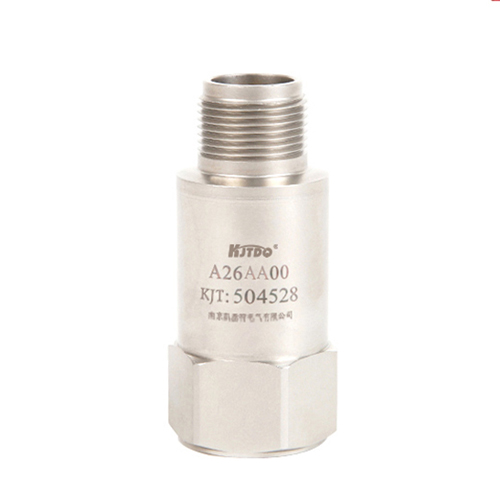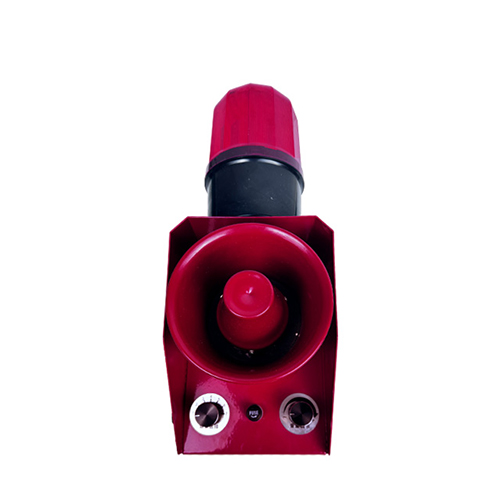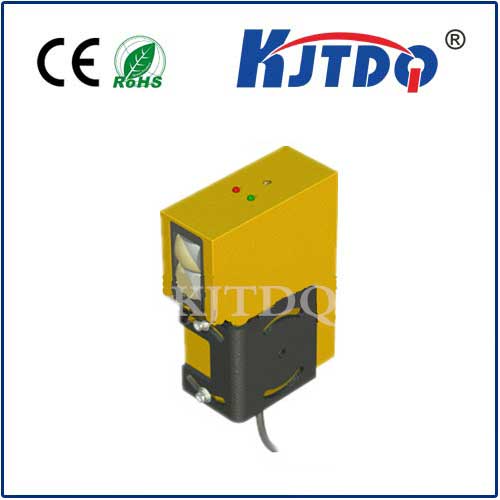

check

check

check

check
S-BOS 26K Rphotoelectric sensor: Enhancing Precision and Efficiency in Industrial Automation
In today’s fast-paced industrial landscape, the integration of advanced sensors has become essential for optimizing production processes and ensuring operational efficiency. Among the many types of sensors used in automation, the S-BOS 26K Rphotoelectric sensor stands out as a reliable and high-performance solution. This sensor is designed to detect objects with high accuracy and speed, making it a vital component in various applications such as conveyor belt systems, material handling, and quality control.

The S-BOS 26K Rphotoelectric sensor operates on the principle of light-based detection, which allows it to differentiate between objects and non-objects with high precision. By emitting a beam of light, the sensor can detect the presence or absence of an object in front of it. If an object is present, the sensor triggers a response, such as stopping a machine or initiating a signal for further processing. This real-time detection ensures that production lines operate smoothly and efficiently, reducing downtime and improving overall productivity.
One of the key advantages of the S-BOS 26K Rphotoelectric sensor is its high-speed detection capability. Unlike traditional sensors, which may require longer response times, this model is engineered to process signals at a rate that is suitable for high-speed manufacturing environments. Its reliable and consistent performance makes it ideal for applications where accuracy is critical, such as in food processing, packaging, and assembly lines.
Another important feature of the S-BOS 26K Rphotoelectric sensor is its compatibility with various industrial systems. It can seamlessly integrate with PLCs, controllers, and other automation devices, enabling a unified and efficient control system. This integration allows for greater flexibility in automation setups, enabling manufacturers to adapt their processes to changing needs without significant hardware modifications.
Moreover, the sensor is built with durability and environmental resilience in mind. It is designed to withstand harsh conditions, including dust, moisture, and temperature fluctuations, ensuring long-term reliability in diverse industrial settings. This makes it a preferred choice for applications where environmental factors can impact performance.
In conclusion, the S-BOS 26K Rphotoelectric sensor is a powerful tool for modern industrial automation. Its high-accuracy detection, fast response time, and environmental resilience make it an essential component in many manufacturing processes. By incorporating this sensor into automation systems, industries can achieve greater efficiency, reduce waste, and improve overall productivity. As technology continues to evolve, the role of such advanced sensors will only become more critical in driving innovation and excellence in industrial operations.
